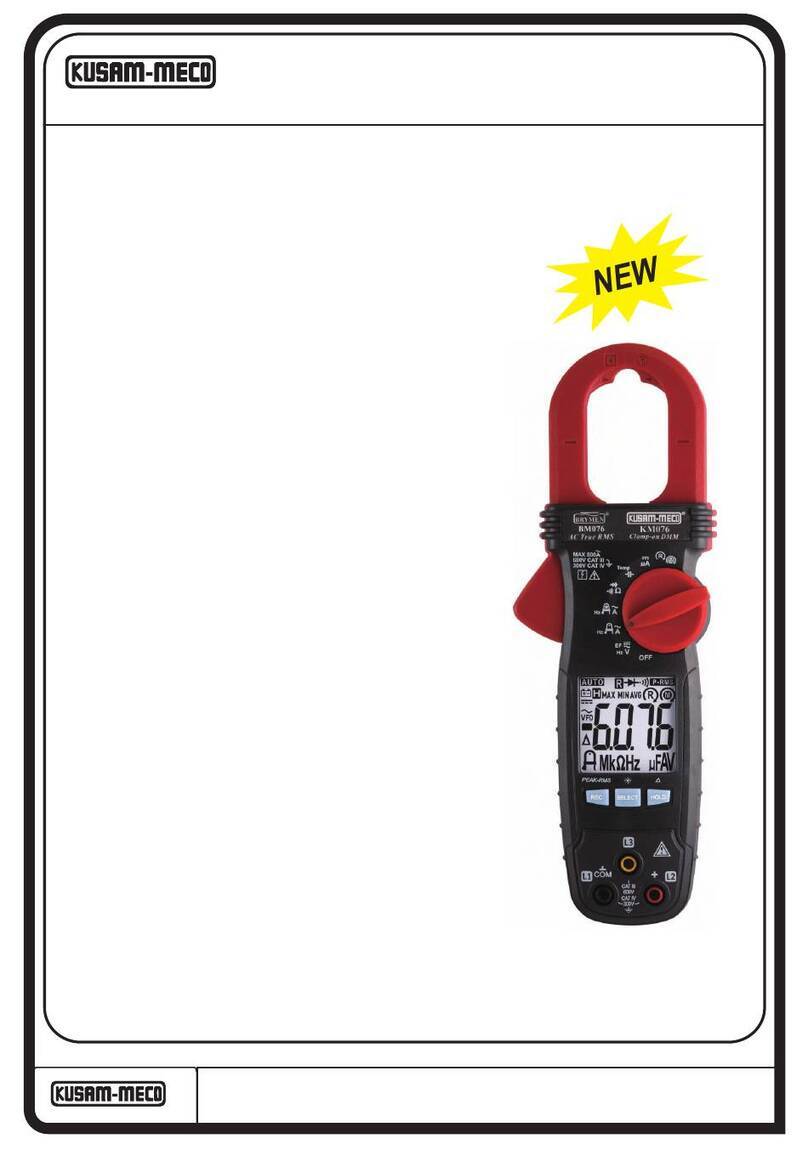Kusam-meco KM-CAL-906 User manual
Other Kusam-meco Measuring Instrument manuals
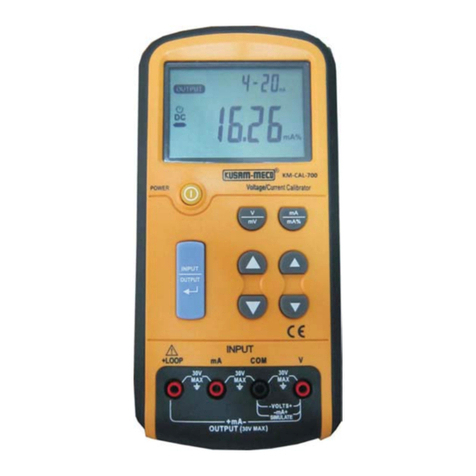
Kusam-meco
Kusam-meco KM-CAL-700 User manual

Kusam-meco
Kusam-meco KM 4235ER User manual

Kusam-meco
Kusam-meco KM 175D User manual
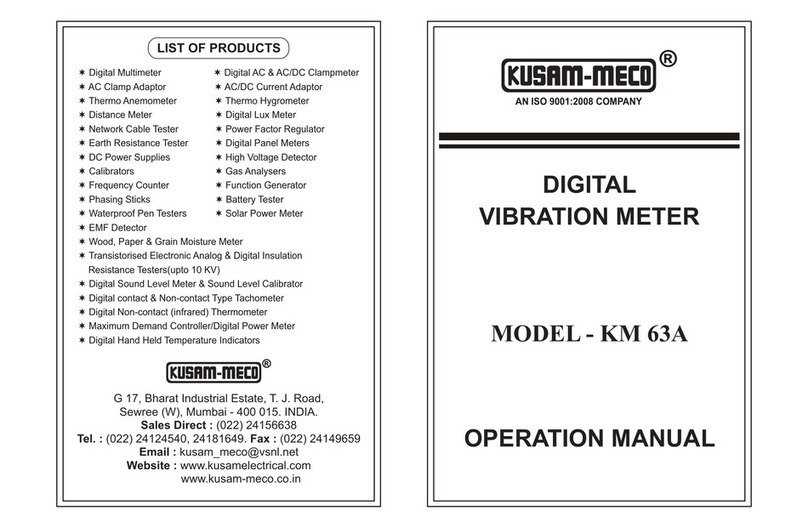
Kusam-meco
Kusam-meco KM 63A User manual

Kusam-meco
Kusam-meco KM 088 User manual

Kusam-meco
Kusam-meco KM 2820EL User manual

Kusam-meco
Kusam-meco KM 071 User manual

Kusam-meco
Kusam-meco KM 63 User manual

Kusam-meco
Kusam-meco KM 888PMR User manual

Kusam-meco
Kusam-meco 500HP User manual

Kusam-meco
Kusam-meco KM 981 MK-1 User manual

Kusam-meco
Kusam-meco KM 2008 User manual
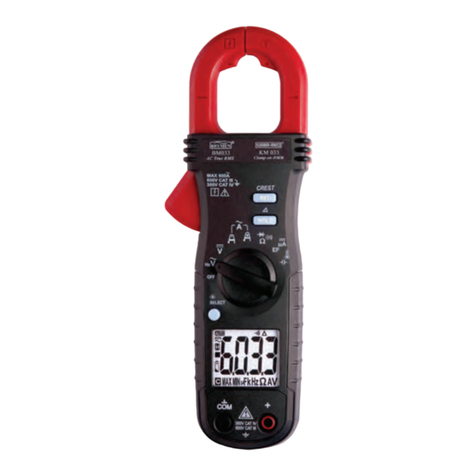
Kusam-meco
Kusam-meco KM 033 User manual

Kusam-meco
Kusam-meco 9999 User manual

Kusam-meco
Kusam-meco KM 035 User manual
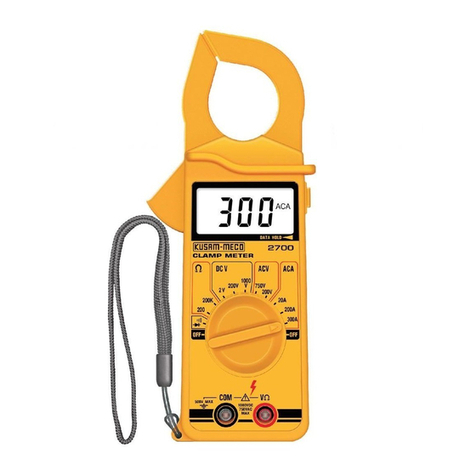
Kusam-meco
Kusam-meco 2700 User manual
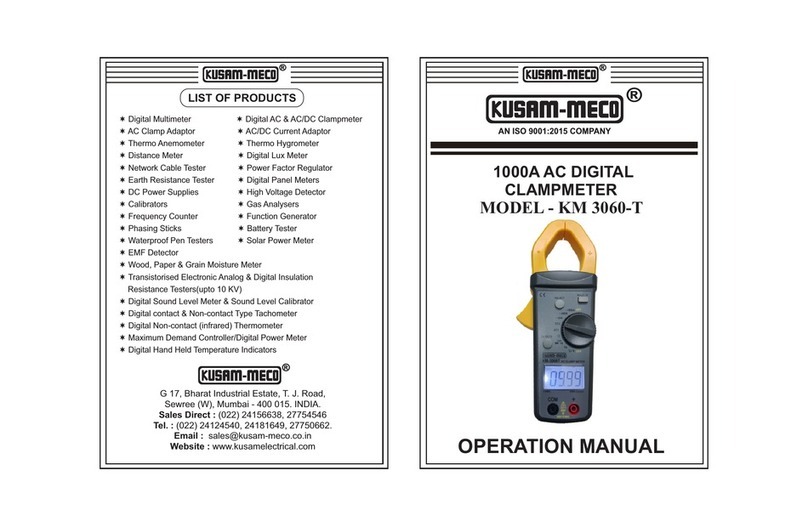
Kusam-meco
Kusam-meco KM 3060-T User manual

Kusam-meco
Kusam-meco KM 078 User manual

Kusam-meco
Kusam-meco KM 3060 User manual
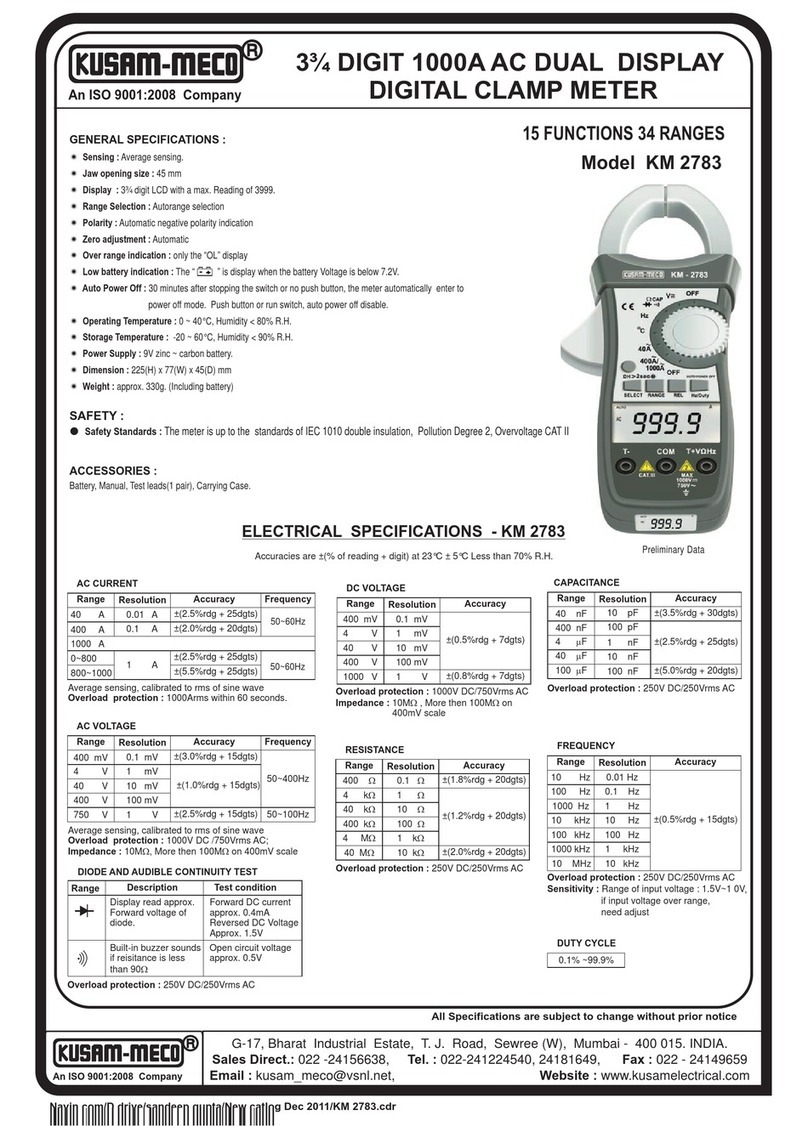
Kusam-meco
Kusam-meco KM 2783 User manual
Popular Measuring Instrument manuals by other brands

Powerfix Profi
Powerfix Profi 278296 Operation and safety notes

Test Equipment Depot
Test Equipment Depot GVT-427B user manual

Fieldpiece
Fieldpiece ACH Operator's manual

FLYSURFER
FLYSURFER VIRON3 user manual

GMW
GMW TG uni 1 operating manual

Downeaster
Downeaster Wind & Weather Medallion Series instruction manual

Hanna Instruments
Hanna Instruments HI96725C instruction manual

Nokeval
Nokeval KMR260 quick guide

HOKUYO AUTOMATIC
HOKUYO AUTOMATIC UBG-05LN instruction manual

Fluke
Fluke 96000 Series Operator's manual

Test Products International
Test Products International SP565 user manual

General Sleep
General Sleep Zmachine Insight+ DT-200 Service manual



